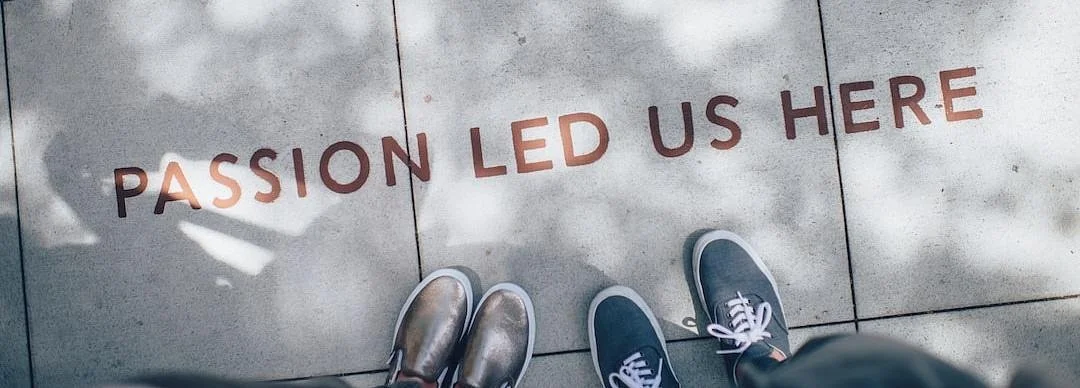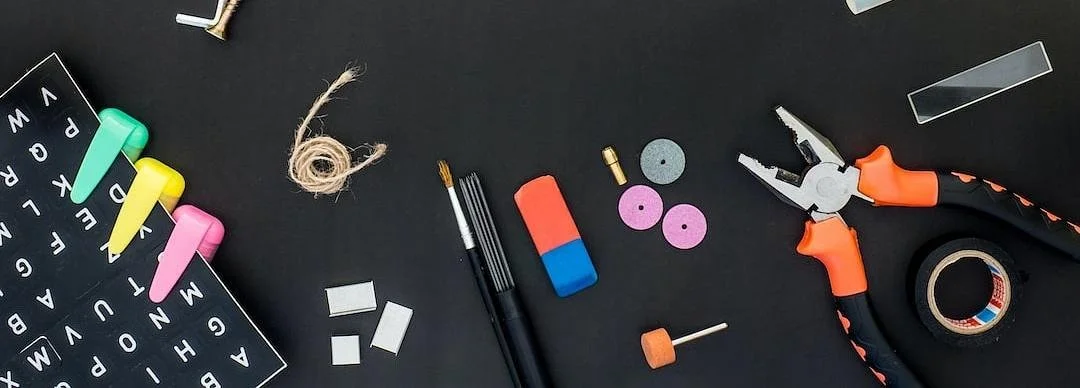Haruspex (2021—)
By
Lucy Hutchinson
Cellular Universe Study 1 (Still from a generative video created from cell data). Photo credit: Lucy Hutchinson.
Haruspex is a proposal for an immersive exhibition that has been developed as part of a Research and Development residency at Kings College London. As part of the project, artists Lucy Hutchinson, Léa Dallissier, and Bradley Hamlin have been paired with the Spagnoli Lab at The Centre of Regenerative Medicine at King's College Hospital.
For the past 6 months, they have been working together to tease out new lines of inquiry and think through how art and science can collaborate to develop new ways of understanding complex areas of research.
“The fragments of the eggs grow into the earth and heavens and sun and moon and stars and the final pieces into the clouds.”
The Kalevala is a 19ct Finnish epic poem in which the universe and its subsequent worlds are created from the shards of an egg. Haruspex will adapt and reinterpret this epic poem, interweaving multiple narratives and mythologies to explore biological regeneration in the digital era. In particular, it will focus on embryonic stem cell research and future cell therapies, building on findings and experiments with The Spagnoli Lab at The Centre of Regenerative Medicine, King’s College London.
In this adaptation, an anomaly in scientific experimentation has led to the creation of a new universe that is developing from an embryonic stem cell. Audiences will be taken on a journey through the universe's creation, guided by a number of characters that describe its wonders and controversies and shed light on the universe's conception and its promise for life extension.
The narrative aspect of the work will feature a number of plots and characters created from interviews with the researchers who work to develop these treatments and (potentially) patients who have received cell therapies. Visually, environments will be developed from computer graphics, field recordings, found data, and microscopic imagery from KCL’s lab. Acting as both construction and furnishing devices in the virtual universe, these materials will be used to create new moving image architectures which generate in real-time, using 3d motion graphics software and growth data. For example, as more cells grow and die in the lab, these structures will develop and change.
By responding to a range of diverse influences, audiences will be able to interact with this complex area of research, inhabiting new worlds to decipher the dreams, conflicts, and consequences of biological regeneration in the digital era.
More information: https://www.kcl.ac.uk/cultural/artists-in-residence/artists-in-life-sciences-medicine/lucyhutchinson-l%C3%A9adalissier-bradleyhamlin
More details about the lab's work can be found here;




